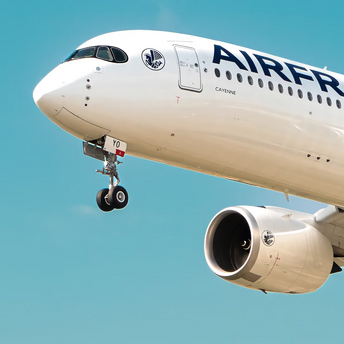European Airlines Cut Routes to China: Reasons and Implications

As the summer season began, several major European airlines, including British Airways and Virgin Atlantic, have been scaling back flights to China. Some companies are using smaller planes, while others are temporarily suspending or fully canceling routes. Notably, for Virgin Atlantic and Scandinavian Airlines, this effectively marks the end of their regular flights between their home countries and China, leaving the destination without the previous level of connectivity.
Sanctions, including the closure of Russian airspace, have created significant challenges for European airlines. Flights that are now forced to bypass Russia become much longer, automatically increasing fuel and maintenance costs. Faced with strong competition from Chinese carriers that continue flights to Europe, European companies are struggling to maintain the profitability of these routes.
Diverging Trends: China Expands International Flight Services
While European airlines are reducing flights to China, Chinese carriers, on the contrary, are increasing flight frequency to Europe. According to John Grant, this trend may reflect an attempt by China to restore the appearance of normal international ties, even if demand remains low. For European airlines, it may make sense to suspend unprofitable flights, while Chinese carriers seem to be strengthening their position in international aviation despite the added costs.
Long-term Outlook and Potential Route Resumptions
Some carriers, such as British Airways, have expressed intentions to reconsider their decisions to suspend flights a year from now, anticipating increased demand as China's economy recovers. However, it remains uncertain when and to what extent demand will return to pre-crisis levels. If China manages to stabilize its economy and ease international tensions, European airlines will likely reassess their strategy and revive routes.
The reduction of flights to China reflects not only current economic and political challenges but also strategic shifts in global aviation. On one hand, European carriers are forced to account for economic and logistical limitations. On the other hand, Chinese airlines are continuing to increase flights, aiming to maintain an international presence.



















